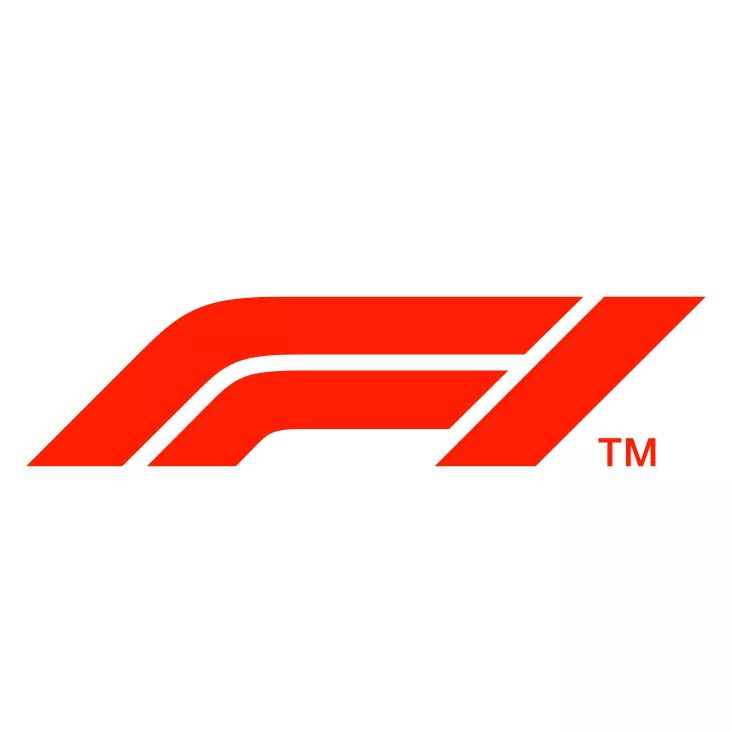These Are Some of the Rule Changes in F1 for 2019 Season

The 2019 Formula 1 season is just around the corner and there has been some rule-changes to make the races more exciting. Some of the changes are more noticeable than the others, but helps to make the races more interesting as the year progresses. Below are some of the changes for 2019 F1 season:
1. Fuel allowance on the vehicles
From the 105 kg fuel, drivers are now allowed up to 110 kg of fuel in the race. The said allocation has been increased so that drivers can use the full power of the engine and would worry less about conserving fuel.
2. New helmet design
Helmets to be used by the drivers must conform to the new FIA 8860-2018 standards. This makes the front visor of the helmet lowered to 10mm and the helmet shell made of composite materials for improved strength from possible penetration and crushing.
3. Weight of cars, drivers
The dry weight of the vehicle has been raised to 740kg from 733 kg and the 80 kg must be of the driver, his seat and driving equipment. Should it not meet the 80kg-mark, they must add ballast and the ballast must be placed in the cockpit area.
4. Rear wing endplate lights
F1 cars must have two additional rear lights on each endplate to increase visibility. To go with the rear central light, vehicles will be sporting an additional LED light, which must be illuminated at all times when driving using intermediate or wet-weather tires.
5. Biometric gloves for drivers
Biometric gloves must be worn at all times when on track as these have sensors that monitor the driver’s pulse rate and oxygen levels in the blood.
6. Simplified tire colors
Pirelli tires reduced the number of colors for fans to better understand the strategy of the team when using it. On the upcoming Grand Prix races, they will now be color coordinated: white (hard), yellow (medium) and red (soft). While it has been designated to three, there will still be five grades to choose from C1 as the hardest up to C5 being the softest.
7. Front wing and rear wing design
The front wing and rear wing designs have been changed to improve the possibility of overtaking. The front wings width was increased by 200 mm, height by 20 mm, and forward by 25mm. On the other hand, the rear wing was raised to 20 mm, with increased by 100 mm and DRS opening by 20 mm.
8. End-race signal
While the traditional chequered flag will still be waved, a digital chequered light panel will be turned on to signal the end of the race.
9. Toeing the line
Overtaking will only be allowed until a driver has crossed the finish line, instead of the safety car line.
10. Self-scrutineering
In the past, cars get scrutinized officially ahead of the first free practice day. Now the FIA allowed the teams to scrutinize their own cars. However, they have to submit a declaration the day before their first practice, saying that they have complied with the rules and regulations of the race. Aside from that, the FIA has the right to inspect the vehicles to ensure that they comply.
What are the other rules that we have not mentioned? What do you think of the new ones? Let us know!
Featured Articles
- Latest
- Popular
Recommended Articles For You
Featured Cars
- Latest
- Upcoming
- Popular
Car Articles From Zigwheels
- News
- Article Feature
- Advisory Stories
- Road Test


